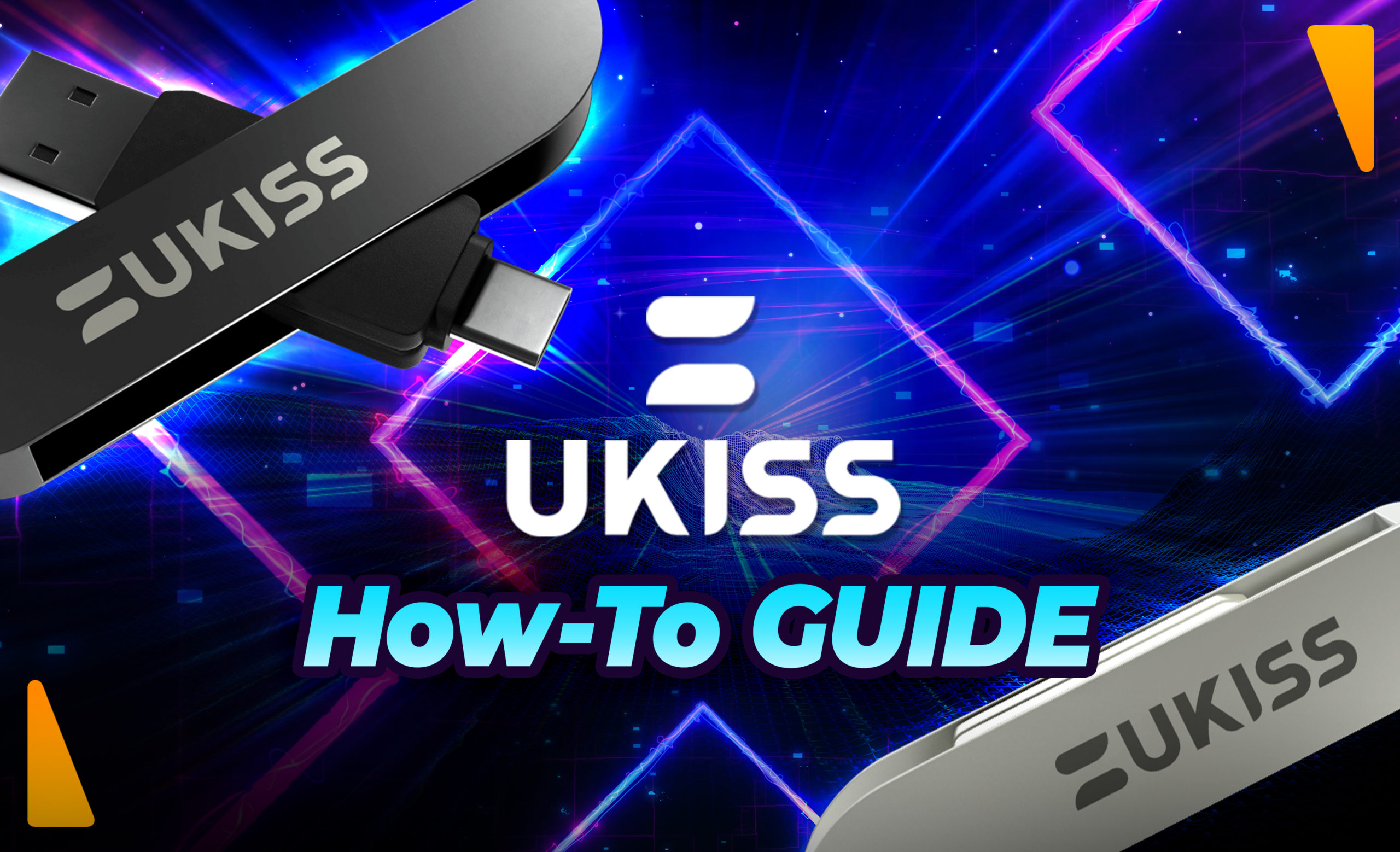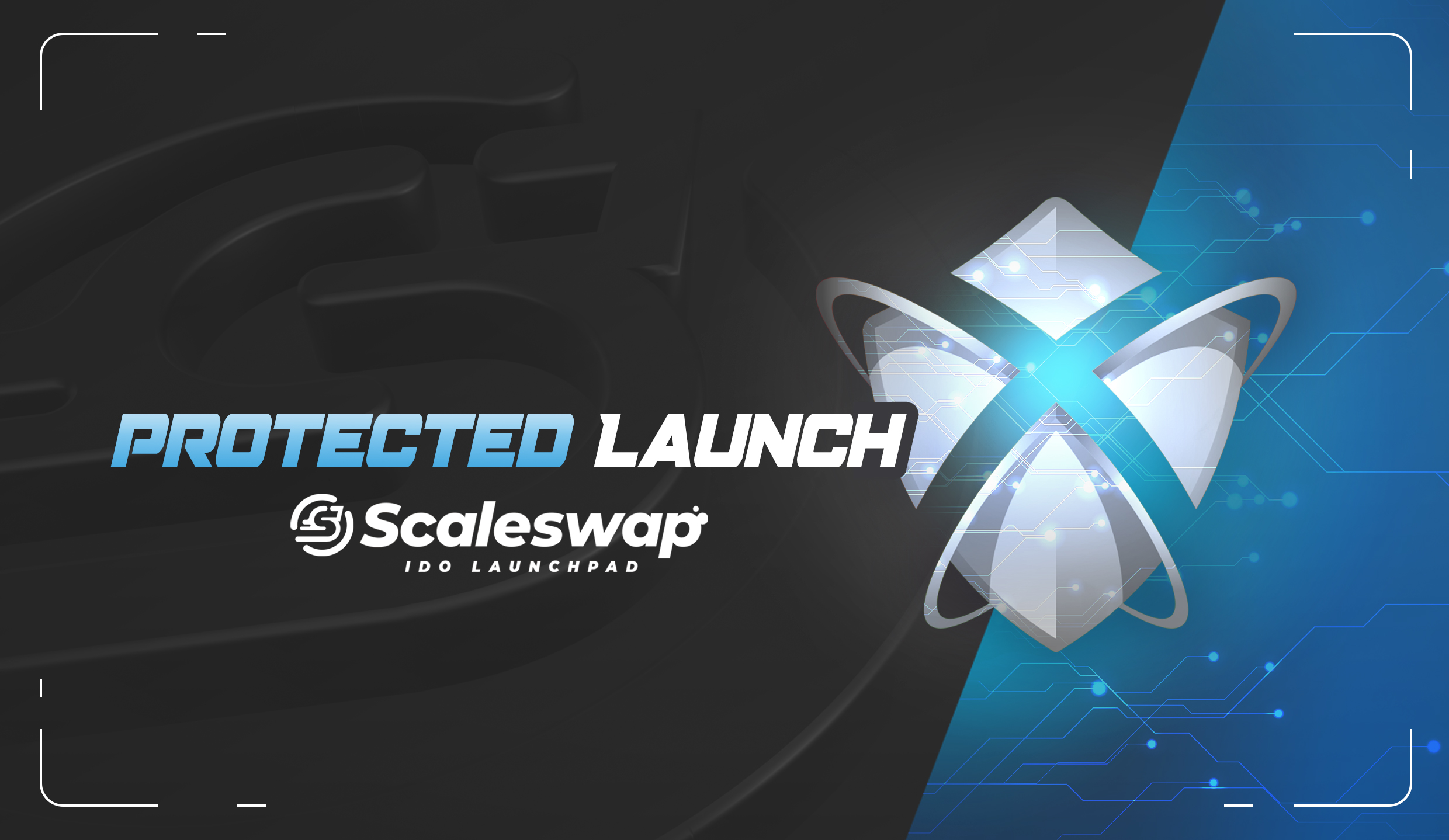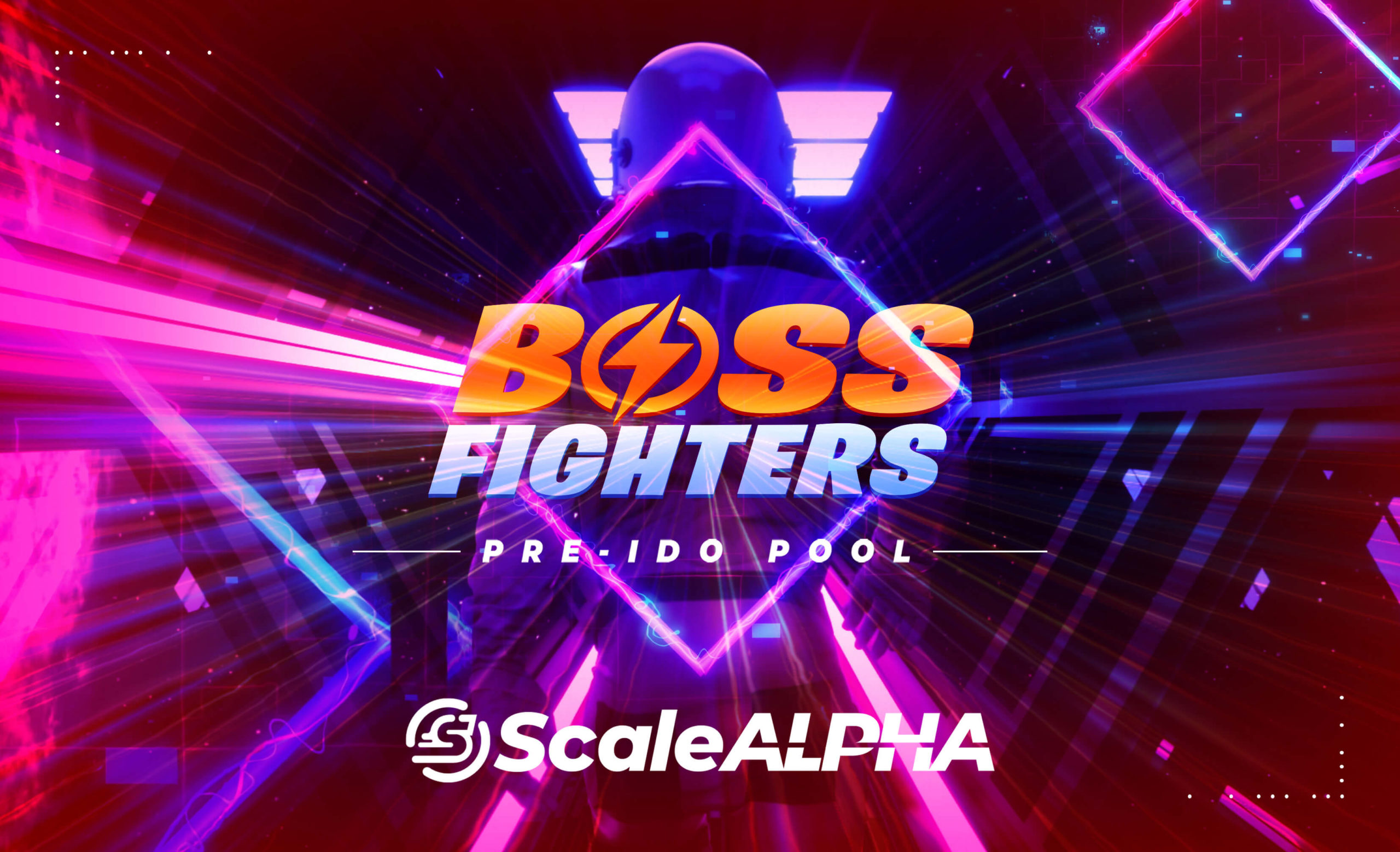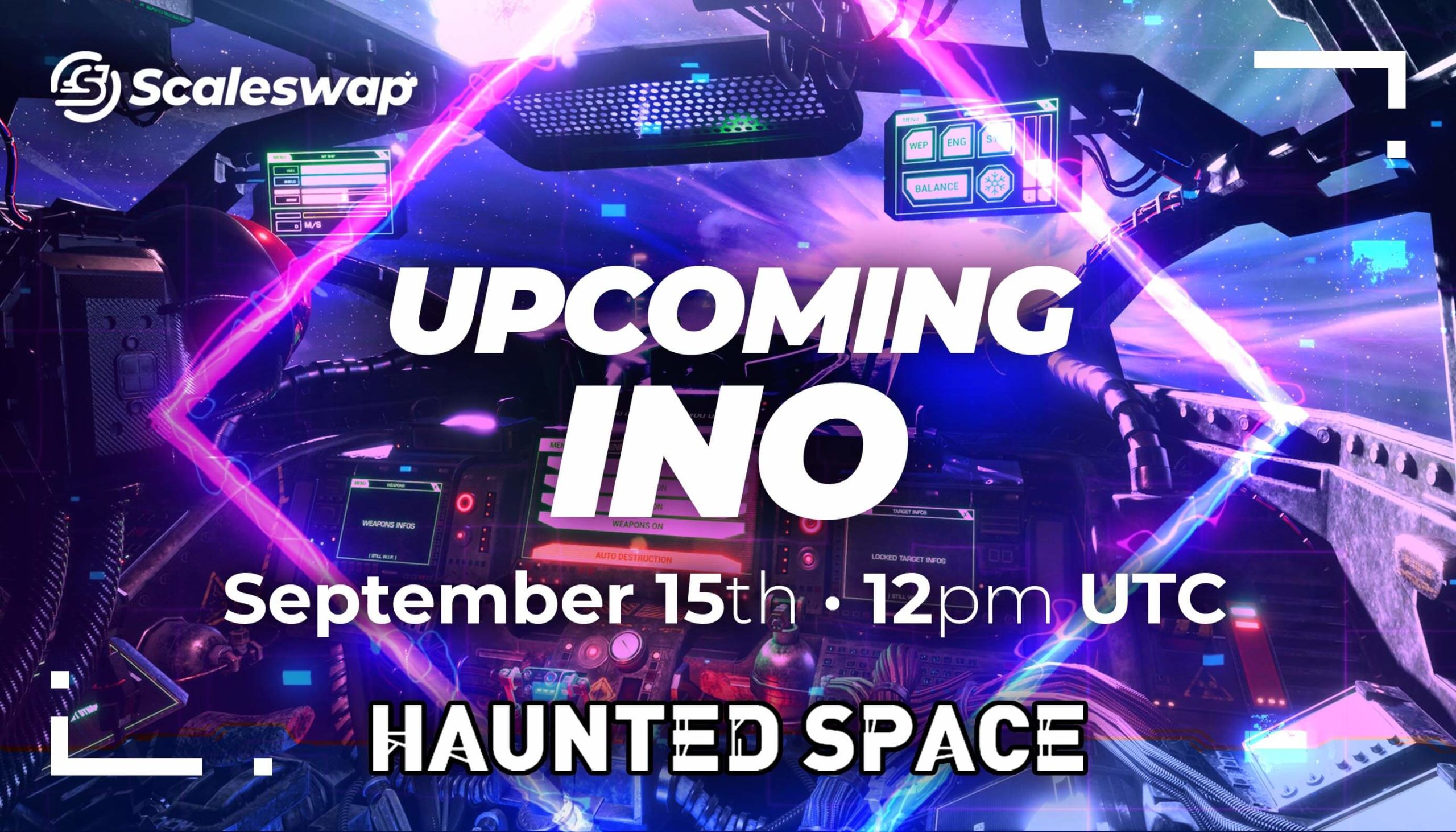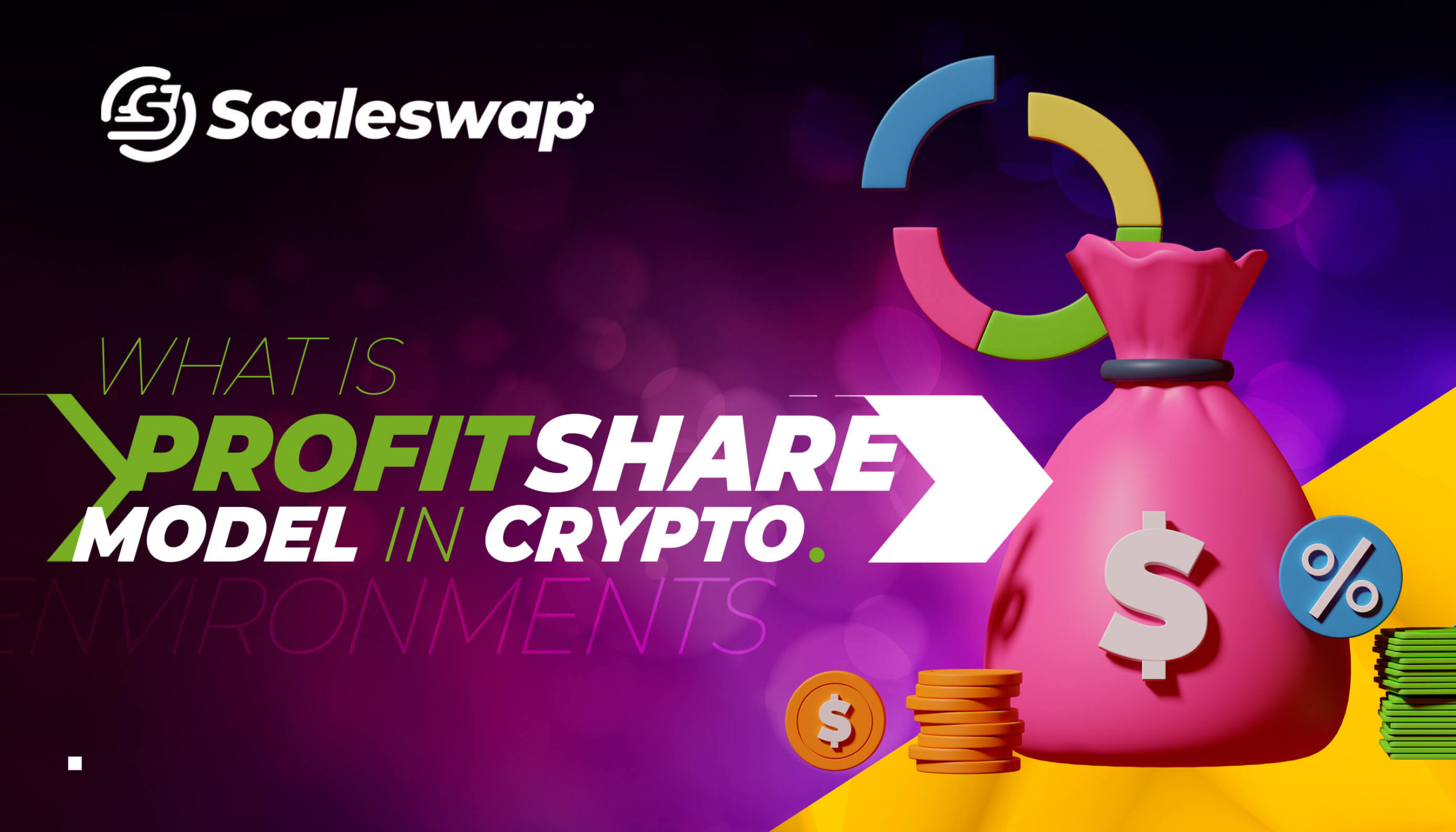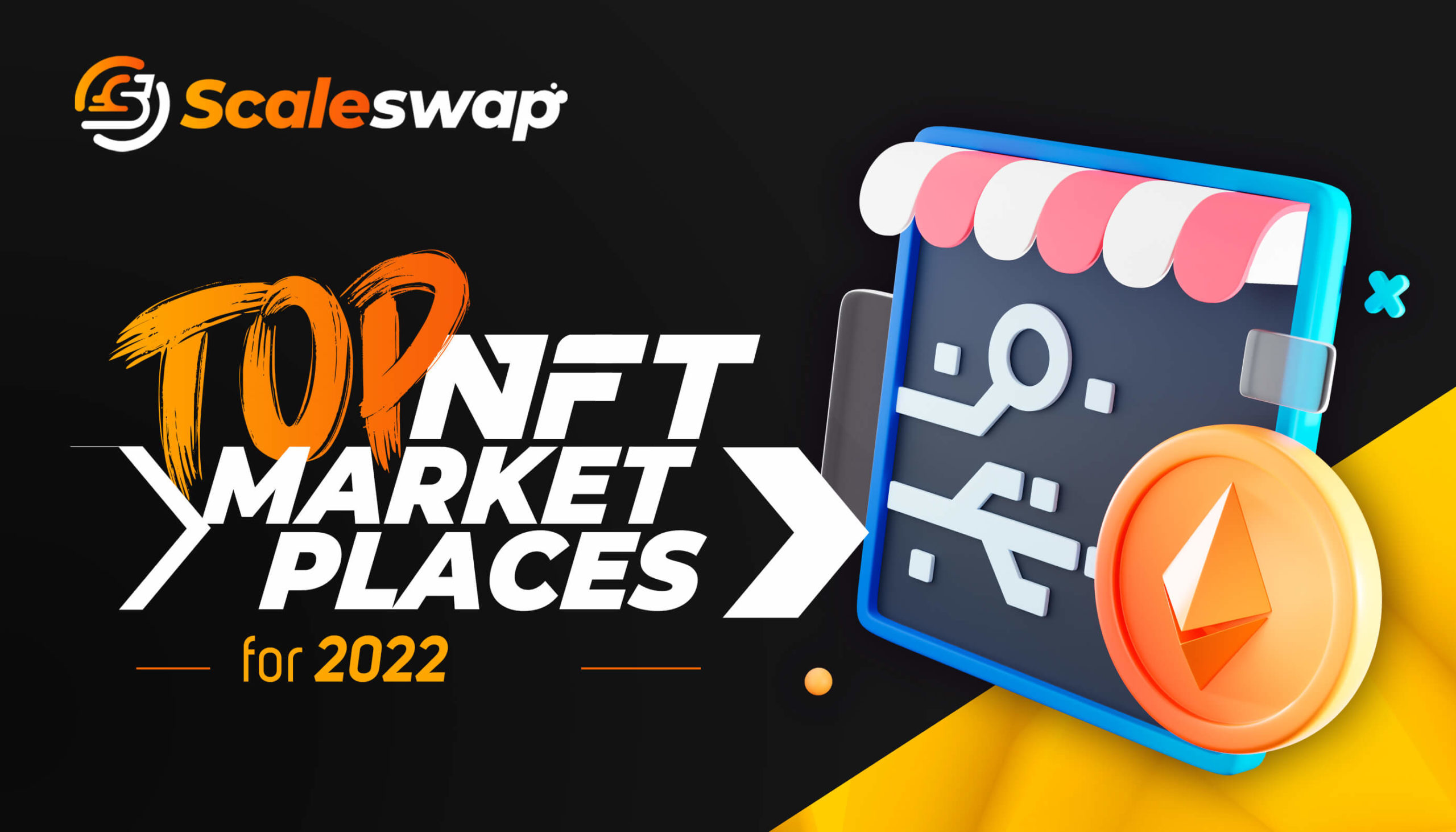Throughout the past few years, specifically, ever since Bitcoin showcased what blockchain technology can be used for and gained a massive level of appeal, there have been numerous new projects that have popped up and are popping up on a regular basis.
Many of these projects are claiming that they can bring a heightened level of functionality, scalability, and overall features within their crypto sphere and that they have the potential to change our everyday lives. However, when we look at the real picture, a minority of these projects actually truly manage to disrupt the industry in some way, shape, or form.
Due to the fact that blockchain technology is innovative as a whole, the number, as well as the types of tokens and use cases, can basically be limitless.
We could utilize a token for just about anything, such as supply chain management, insurance, ownership, you name it; the chances are that it can be improved upon with blockchain technology in some way.
However, one fundamental part that has shaped or broken the project is their token economics, or in other words, their tokenomics.
As such, to make things a bit clearer for you, if you are planning on creating or launching your own project with its own tokenomics, we will be going over some examples as a means of getting a grasp of some of the key concepts that make these projects succeed. Let’s dive in.
Token Economics and Their Importance When It Comes to Tokens
Token economics or tokenomics is a reference to a design of a specific ecosystem within a blockchain environment. In other words, there are numerous startups currently developing their own blockchain projects, where tokenization is one of the most discussed and most important aspects when it comes to launching a specific blockchain-related project.
The important thing to know here is that some of these projects have a high level of throughput into them, which makes them disruptive, while others might not be as stable or as usable as the team might have initially thought they would be.
Every ecosystem within the blockchain space is made up of numerous elements, where the cryptocurrency token that’s used as the main utility, or governance token, which can be gained as a reward for being a part of the specific system, plays an integral role within the maintenance of the overall project and its value.
Tokens are split across numerous categories, such as utility tokens, security tokens, fungible tokens, or even non-fungible tokens. They can have a limited supply or have no maximum supply at all. To truly grasp how token economies can work, we will need to go over examples of utility and security tokens, so you can have a heightened level of understanding when it comes to utilizing either one.
- The utility token is essentially one that is used as a means of offering access to specific services or products within a pre-specified platform.
- The security token is essentially a token that gets its value from an external and tangible asset whilst also offering specific benefits and rights to the token holders.
These can include a share of the overall profits the platform in question gains or ownership within a legal entity. However, the benefits do not end here, as teams behind these blockchain projects can be really creative.
When it comes to the overall creation process of a token, there are specific guidelines that allow blockchain developers to create tokens that align with specific expectations. Some of these criteria include, for example, the possibility of varying returns between a token based on its participation or the usage of the network as a whole. Another factor would be the manual action, one that is required to be used outside of the network in order for a specific holder to get a specified benefit from holding onto the token, alongside things such as the timing of the sale of the token.
Then we need to take a look at fungibility. Tokens can either be fungible or non-fungible. Fungible tokens are ones that can be interchangeable with one another or even divided into smaller token units.
You can think of them as $1 USD, for example, which is a FIAT currency. A $1 USD bill will always be worth equally to another $1 USD bill and can be interchanged as a direct result of this. However, non-fungible tokens are ones that are fully unique, cannot be interchanged with one another, and cannot be divided, due to the fact that every single NFT out there represents something different, something that is truly unique in its own way.
Then we need to go over how the tokens actually work on the network. In other words, each blockchain developer needs to solve and answer specific questions when they design the overall utility of a token. For example, what are the values which the ecosystem promotes, and how is the incentivization organized to actually adapt solid behavior, such as the one required in Proof-of-Stake (PoS) systems that aim to incentivize a group of validators to not behave maliciously.
Another question would be, what kind of source of input and output are there for the tokens, and how can they build a sustainable and stable ecosystem that can stand the test of time and function throughout the long-term basis?
To get all of these points across, we will be going over some examples of projects which have well-designed tokenomics, so you can have a heightened level of knowledge when it comes to how your potential competitors do things, assuming you want to enter the crypto space with your own unique project and overall tokenomics tactic.
Tokenomics Examples of Well-Designed Projects
To truly give you an in-depth look at how well-designed tokenomics have shaped numerous live blockchain projects thus far, we will be going over some of the most successful ones to see what they do that’s different, disruptive, and generally works.
The Ethereum Ecosystem’s ETH Cryptocurrency
The native cryptocurrency responsible for powering the Ethereum ecosystem is known as ETH. It is the second-largest crypto asset in regards to market capitalization, right under Bitcoin (BTC), so it can be used as a template for what good tokenomics look like.
The Ethereum ecosystem has gathered a high level of appeal due to the fact that it offers a solid infrastructure as well as numerous tools that developers can build from. In other words, developers can create their own tokens, write smart contracts, and build decentralized applications (dApps). Here, miners create new blocks; users can make transactions and pay gas fees to the miners. Validators get rewards from the created blocks.
Within the Ethereum network, there are two main types of participants that make it work as efficiently as it does, and these are the network validators as well as the network users. In other words;
- The network users are the people who want to send tokens through the utilization of the Ethereum network and developers that aim to build decentralized applications (dApps) on top of the network.
- The validators are the miners who are responsible for the process of validating the transactions on the Ethereum blockchain network, and in return for doing so, they earn rewards from the gas fees and newly created blocks.
The Polkadot Ecosystem’s DOT Cryptocurrency
DOT is the native token used throughout the broader Polkadot ecosystem. To see why it plays such an important role within its sphere, we will need to see what Polkadot has on offer.
Polkadot is unique due to the fact that it offers a framework with comprehensive tooling when it comes to blockchain developers implementing their own projects. Alongside this, it also offers slot auctions. What this means is that, in order for someone to participate in Parachain, they need to submit project proposals and then bid on the auction as a means of gaining Parachain slots. The slots are limited by design, and this means that the highest bidder will typically win the slot. Here we can see two benefits.
One, that this high bar which is set by default, means that mainly the projects of the highest quality can enter the ecosystem, and second, that the DOT token is of high importance.
Second, within this ecosystem, DOT holders can participate in the overall governance of the network. What this means is that they have voting entitlements within the governance framework that powers the platform. Furthermore, they can participate in staking to become a validator or nominate other validators. Users can bond tokens to connect a chain to the Polkadot Relay chain in the form of a parachain.
This allows parachain slot winners to lease their slots for a specified period, where they will need to rebid at the time of the renewal. Holders of the DOT token can even participate in Crowdloans, which are essentially a way through which they can enable a competitive environment, where bonding DOT in a crowd loan offers a high-security guarantee.
The fundamental design behind Polkadot is to incentivize users and developers. In other words, this means that:
- Developers get incentivized to buy DOT as a means of submitting their company within Polkadot Parachains.
- Users are incentivized to vote or even stake DOT and participate in Crowdloans as a means of funding the projects of developers.
The Helium Ecosystem’s HNT Cryptocurrency
Another ecosystem and blockchain project that we need to discuss as an example of one that has solid tokenomics is Helium. The Helium Network is developed to be a full-scale, distributed and global wireless network. In other words, it can essentially provide coverage across many Internet-of-Things (IoT) devices. A vast series of “hotspots” comprises the network and in exchange for strengthening the network and contributing public network connections, users are rewarded with HNT tokens.
Helium’s tokenomics were precisely constructed to serve the needs of the two primary parties that make up this overall ecosystem. First, there are the Hotspot Hosts as well as the operators. Hosts are responsible for mining HNT while deploying and sustaining hotspot coverage. Second, we have enterprise use cases and any other parties utilizing the Helium network as a means of connecting devices and building Internet-of-Things (IoT) applications.
Note that all of the blueprints found on Helium for IoT devices are open-source, and this means that everyone can essentially build and deploy them. This means that it is extremely easy for just about anyone to enter the broader Helium network.
What we can establish here is that there are two roles within the broader ecosystem, the hosts and the network users. In other words, this means that:
- The hosts are incentivized to essentially deploy their hotspot devices as a means of providing network coverage. Through the procedure and task of maintaining this network, the hosts can receive HNT tokens for their efforts, and these HNT tokens are specifically generated from the transaction fees which the network users pay. What this means is that the more coverage a provider ends up providing, the higher their income becomes.
- The aforementioned enterprises, as well as the developers that build on top of Helium, are incentivized to pay the fees to hosts for the usage of the network, due to the fact that this essentially provides value for their projects.
Moving Forward With Your Tokenomics
Keep in mind that it can be difficult to truly get a high level of understanding as to how tokenomics functions, especially throughout the span of a day, week, or even a year in some cases. By putting in the work and going over numerous other examples and projects which have historically proven to be successful within the crypto space, you can have a heightened level of understanding of how to get your tokenomics done right.
However, suppose you still feel unsure and not as confident in your token economics as you might want to be. In that case, you can utilize the services that are on offer through ScaleSwap, which features experts who can guide you through tokenomics through the advisory incubation and acceleration services.
Note that, while here, we have provided excellent examples of tokenomics, every single project is different and unique in its own way.
This means that it is crucial for you to carefully customize tokenomics, which are based on the individual factors that make your project function.
As a means of ensuring that your project has the highest probability of success when the time comes to launch it to the market and sustain a high level of success throughout a longer time frame, ScaleSwap can provide you with valuable resources, as well as assistance when it comes to the creation of the best tokenomics possible for your specific project, vision, and overall goal.


 Scalescore
Scalescore
